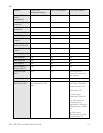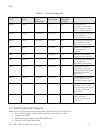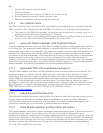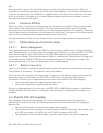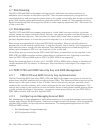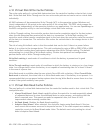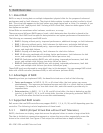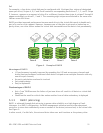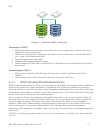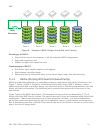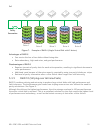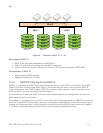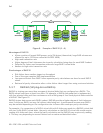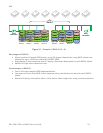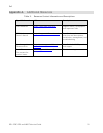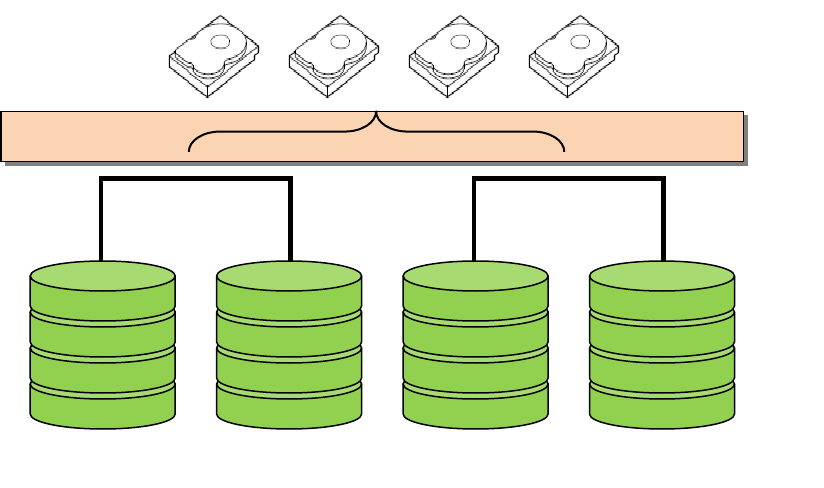
Dell
DELL PERC H700 and H800 Technical Guide 26
Figure 8. Example of RAID 10 (1 + 0)
Advantages of RAID 10
RAID 10 has the same redundancy as RAID level 1
High I/O rates are achieved by striping RAID 1 segments
Allows creation of largest RAID group with up to 192 drives connected to PERC H800
Disadvantages of RAID 10
Most expensive RAID solution
Requires 2n where n > 1 disks
5.3.6 RAID 50 (Striping Across RAID 5)
RAID 50 is a variation of RAID 5 that maps data across two or more RAID 5 virtual disks. The RAID 5
subset must have at least three disks.
Figure 9 illustrates how the parity data is stored. RAID 50
stripes data across each RAID 5 subset. RAID 50 provides a higher degree of fault tolerance since 1
drive per RAID 5 set may fail without data being lost.
A performance increase over RAID 5 may be realized depending on the configuration due to fewer
disks reads per parity calculation.
For example, if a comparison of a RAID 5 virtual disk with 6 disks were made to a RAID 50 virtual disk
with two 3 disk RAID 5 virtual disks, the parity calculation on the RAID 10 virtual disk would require
reading all 6 disks each time, where the parity calculation on the RAID 50 may require only reading
3. This may vary depending on several factors such as cache and data block sizes.
Drive 0
Drive 1
Drive 2
Drive 3
Data 1
=
=
RAID 1
RAID 1
RAID 0
Data 1
Data 2
Data 2
Data 3
Data 3
Data 4
Data 4
Data 5
Data 5
Data 6
Data 6
Data 7
Data 7
Data 8
Data 8



